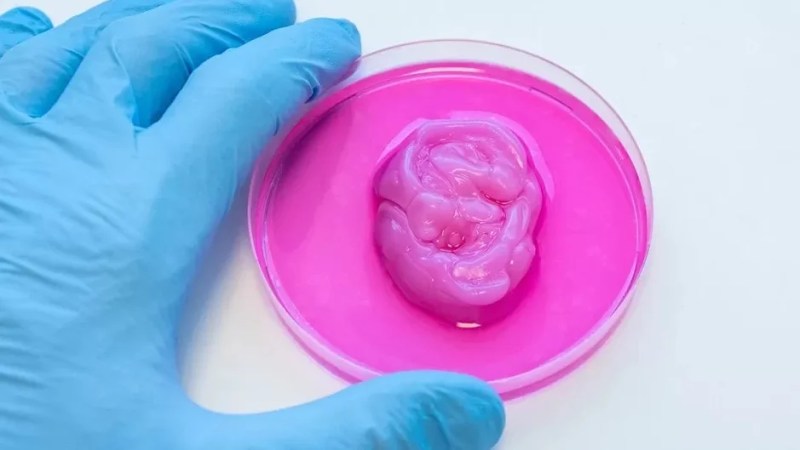Prosthetics are complicated, highly personal things. They must often be crafted and customized precisely to suit the individual. Additive manufacturing is proving a useful tool in this arena, as demonstrated by a new 3D printed nose design developed at Swansea University. And a bonus? It’s vegan, too!
Often, cartilage from the ribcage is used when reconstructing a patient’s nose. However, this procedure is invasive and can lead to health complications. Instead, a nanocellulose hydrogel made from pulped softwood, combined with hyaluronic acid, may be a viable printable material for creating a scaffold for cartilage cells. The patients own cartilage cells can be used to populate the scaffold, essentially growing a new nose structure from scratch. The technique won’t just be limited to nose reconstructions, either. It could also help to recreate other cartilage-based structures, such as the ear.
As with all new medical technologies, the road ahead is long. Prime concerns involve whether the material is properly bio-compatible, particularly where the immune system is concerned. However, the basic idea is one that’s being pursued in earnest by researchers around the world, whether for cosmetic purposes or to grow entire organs. As always, if you’re secretly 3D printing functional gallbladders in your basement, don’t hesitate to drop us a line.















I want to feed your fingertips to the wolverines
I certainly hope that isn’t the finished nose.
… don’t worry … it’ll eventually grow on you …
Tycho Brahe rejoices!
Unless you’re going to eat it I don’t think it’s vegan.
Except that Veganism isn’t about edibility, it’s about the raw materials and processes not being ethically and morally sourced or carried out. The principal is animals are being taken advantage of without consent (e.g. Milk and Honey) and/or the product impacts their environment (e.g. Palm oil and Orangutans). There are other products like “Vegan” leather made from pineapple leaves or types of succulents.
You have identified the joke
If frequent wood dust exposure is a nasal cancer risk over time, I’m not sure wood pulp for a permanent nose replacement is a fantastic idea at all.
I think wood dust would be a cancer risk because it gets in your lungs and causes inflammation there. A nose made of wood pulp-derived cellulose wouldn’t have this sort of problem unless it crumbles slowly into a powder.
Please “correct me if I’m wrong” but wouldnt this also be able to be used as a way to help people that have joint problems such as arthritis, labrum tears, and other such issues; as a way of replacing damaged or “insufficient” “lubricative” components?
I’m no doctor but, if there aren’t different types of cartilage, then that sounds like it should work. Any medical type dudes out there can give us an answer?
Joint cartilage is different than ear cartilage. There are a few different types actually. Another one is in connective tissue like ligaments and stuff, yet another in blood vessels that gives them their elasticity. I do t remember how many kinds there really are but it’s low, maybe 6? I don’t deal with it anymore.
Is human meat vegan? If you consent for it? Cuz this stuff has human derived cells. I don’t see a fundament difference between harvesting cartilage for direct use as a homograft and harvesting same cells to grow in cultures to populate the scaffold. From a vegan standpoint but I admit I’m way out of my knowledge base on this.